What can you plant after strawberries?
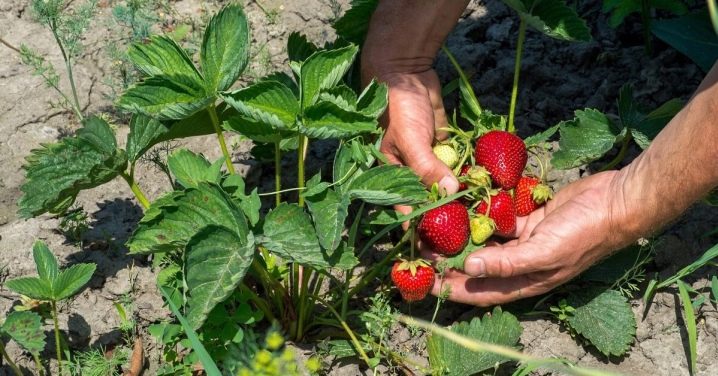
Strawberry bushes are one of the earliest inhabitants of the site. While still actively growing, they are already delighting with their juicy berries. From 3 to 5 years, on average, strawberries grow in one place on the plot, and then change location. And the owner of the garden often thinks about what to plant in the place where the berry grew.
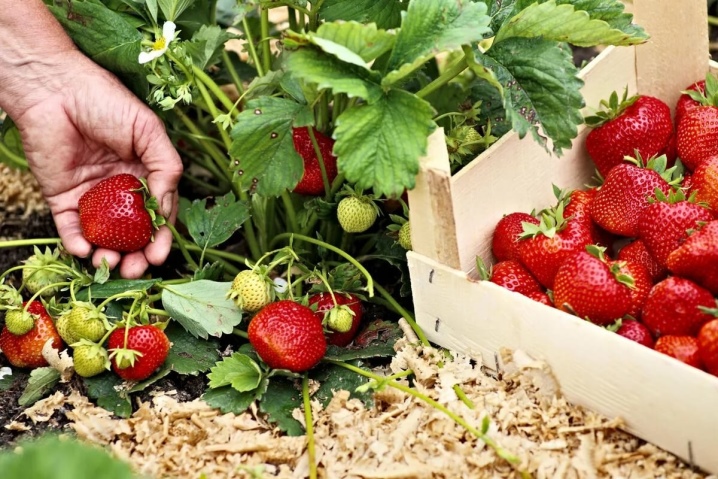
Features of crop rotation
For a crop to be happy, the crop must grow in suitable conditions. This is a fairly broad characteristic, consisting of a variety of factors. One of them is normal microflora. To maintain it, regular crop rotation is needed. If crop rotation is ignored, yields will definitely decline.
Each plant planted on the site is demanding on the soil. And these requirements can be different: acidity, density - a whole spectrum of soil qualities can be "evaluated" in completely different ways by garden crops.
If you do not follow the alternation of plantings, the land will be depleted. Pests will begin to multiply more actively than before (and some will appear altogether, as if out of nowhere). And everyone will suffer from errors in crop rotation: those crops that are already growing on depleted land, and those that have not found a suitable place.
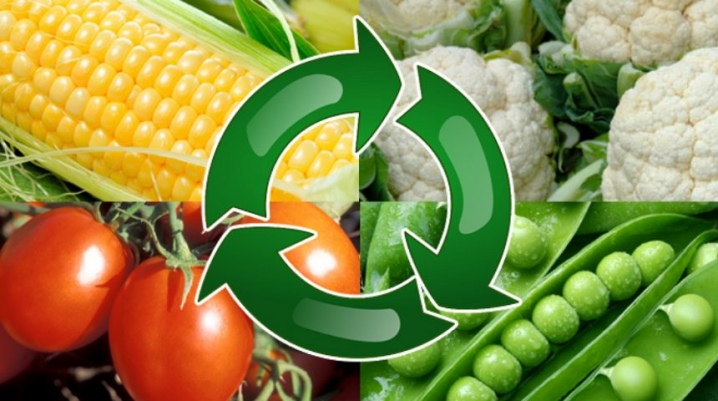
Why do you need a crop rotation:
- soil fertility increases;
- nutrients are used more efficiently;
- the volume of the crop is growing;
- decontamination of pests;
- the risks of wind and water erosion are reduced.
Scientists have long established that there are at least 3 reasons that oblige the gardener to crop rotation: less contamination of the soil with weeds, preservation of the optimal structure of the upper soil layer and replenishment of the nutrient supply of the earth.
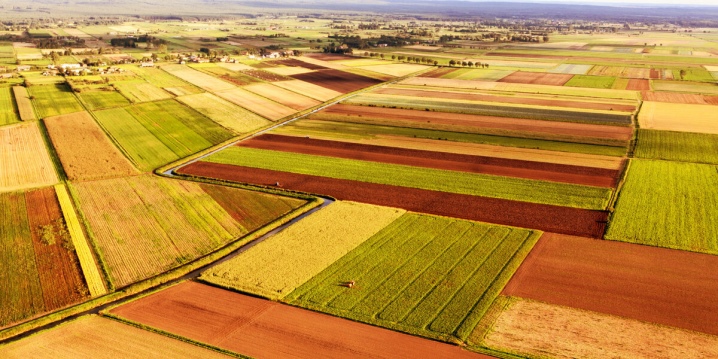
There are plants that consume nutrients only from the top layer of the soil, and there are those that get to the bottom. And the consumption of substances itself is quantitatively different. It is a rhetorical question whether a culture that is unable to penetrate deeply will grow where it “sucked” everything from the upper soil layer for 3 or even 5 years in a row.
Also, the roots of some plants are capable of releasing toxins. And while some cultures do not respond to them, others are extremely sensitive. Plants from the same family are usually susceptible. This does not apply so significantly to strawberries, but, for example, carrots, beets and spinach can be trapped in this "trap".
The most resistant to toxins are corn, legumes, leeks.
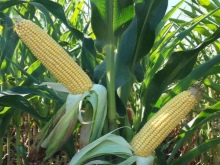
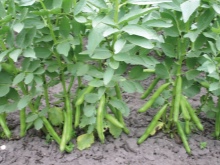
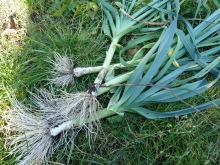
If we summarize what has been said and designate it from a scientific point of view, then there are 4 groups of reasons at once, explaining the need for the alternation of cultures.
- The first group is physical reasons: for example, perennial grasses give a large amount of plant residues, which replenishes the balance of organic matter, and the fertility indicators of a particular area go up. But tilled crops, alas, thin out the humus.
- The second group is chemical reasons, they are associated with a disproportion in the balance of the Ministry of Substances, if crops are cultivated permanently.
- The third group - biological reasons - speaks of the accumulation of pathogens (up to critical levels) in permanent soils.
- Finally, the fourth - economic group - is associated with organizational and technological factors.
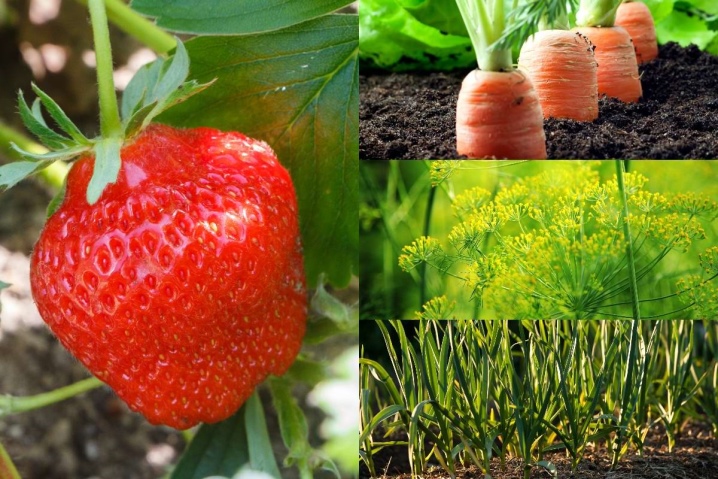
What can you plant?
On the third - fifth season of growing strawberries in the same place, it's time to think about its "migration". After harvesting, the bushes are dug up, a rather large plot of land is found that needs to be filled next year.
We will find out what can be planted in this garden instead of strawberries.
- Flowers. Here's what exactly grows well in place of the berries. The best idea is to really set up a flower garden and plant humble plants there. Garden daisies, peonies, irises, as well as tulips and crocuses settle in this place with almost ideal survival rate.
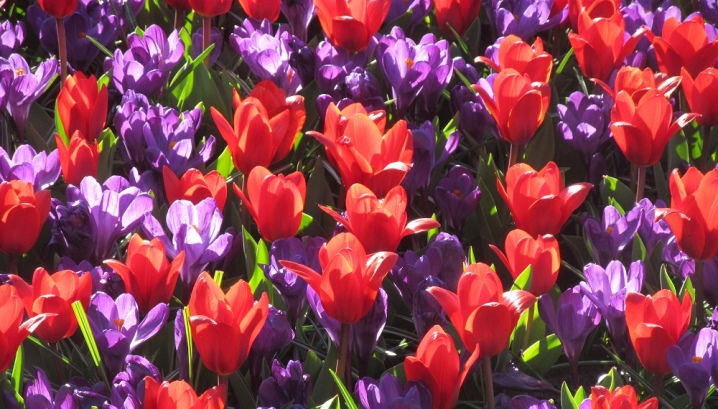
- Onion and garlic. These are one of the most undemanding crops that take root in virtually any part of the site after any plant. And they are also wonderful in that they naturally and effectively disinfect the soil. They kill fungal spores and pathogens. At the same time, the planting of these plants will not be so successful if the strawberries are harvested prematurely from their "home". She should spend at least 3 years in one place, if you remove it earlier, onions and garlic will take root there much less efficiently.
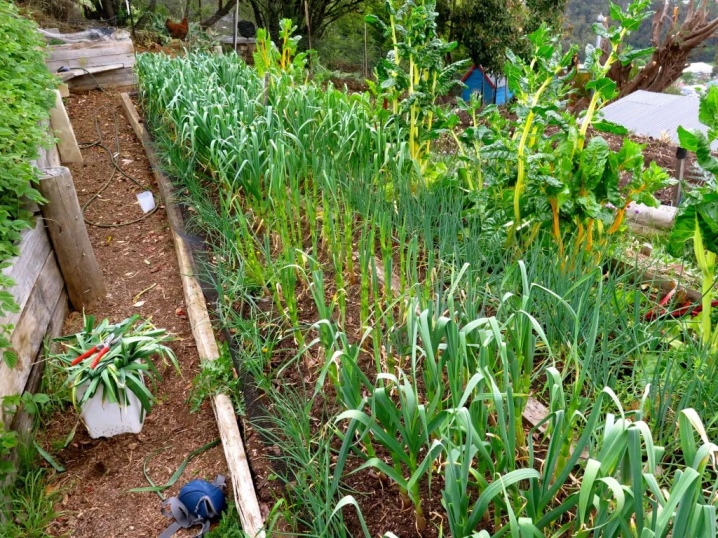
- Legumes. Soybeans, lentils, beans, and peas are ideal candidates for a strawberry spot. There is not enough nitrogen in the beds from which the berry is harvested. But legumes don't really need it. They themselves cope with the saturation of the soil with nitrogen, that is, they feed the scarce area. There are bacteria in the root system of legumes that do not accumulate nitrogen - they, on the contrary, release it. That is, if you plant legumes instead of strawberries, next year this piece of land will be enriched and give a cool harvest.
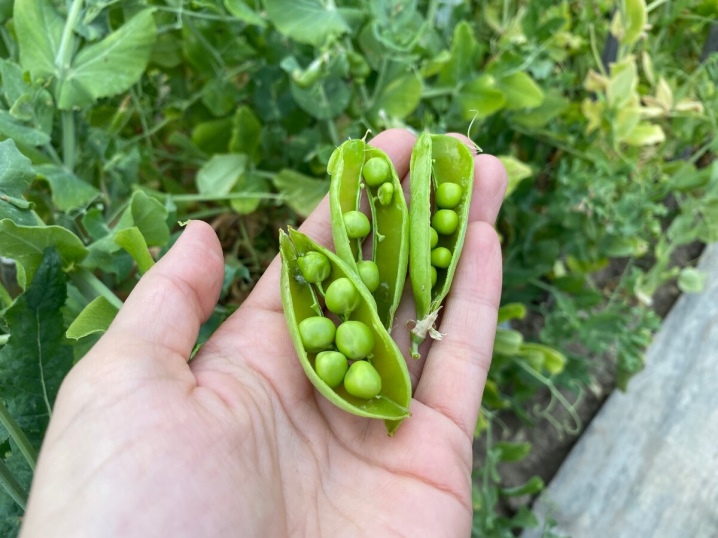
- Root crops and melons. They are considered suitable candidates because their root system is not particularly deep, and these plants are not afraid of strawberry diseases. But planting is possible only after fertilizing the soil.
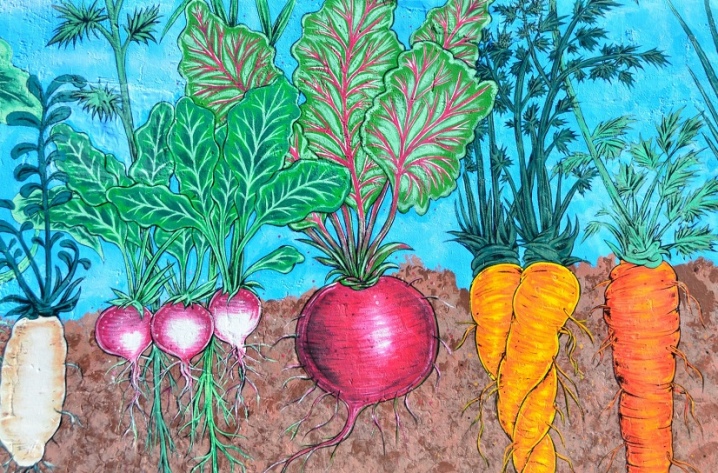
- Cereals. If the site needs green manure, then it's time to sow buckwheat, oats and rye here. There are no better candidates for the restoration of soil microflora. Rye significantly slows down weed growth, oats feeds the soil with potassium, and buckwheat feeds it with phosphates. You can also plant alfalfa or mustard on the site, they will cope with the mission of siderates by mid-summer, so they can be mowed before the end of the season.
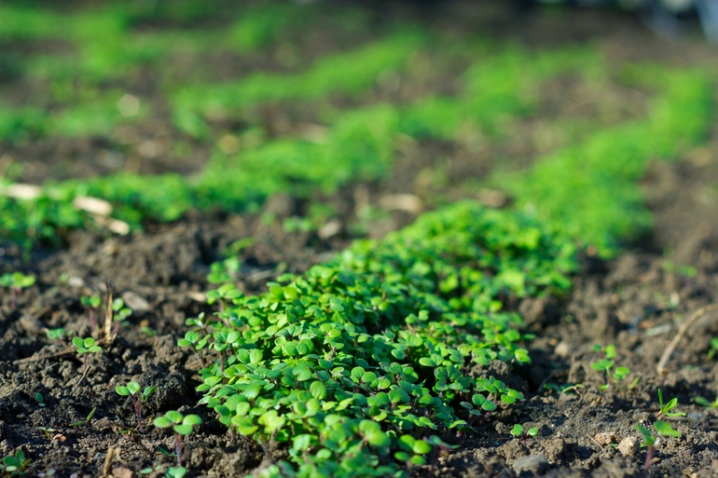
All other crops do not guarantee such successful results. And there are some plants that in no case should take the place of strawberries.
What shouldn't be planted?
Strawberries are considered an extremely unfortunate predecessor for raspberries, rose hips, hawthorn and mountain ash. These four cannot "make friends" with the soil that strawberries will leave behind. For example, a raspberry is sick with the same thing as a strawberry - this is already enough to look for another place for the bushes. Depleted soil will also not provide normal nutrition for raspberries.
Potatoes and tomatoes are also unfortunate followers of strawberries. They have the same diseases, they just cannot take their own from the soil, which is depleted after strawberries. If someone, contrary to the recommendations, nevertheless decides to grow these plants in this place, then you can keep a diary of growth and yield. It will be obvious how difficult it is for these plants to fight nature.
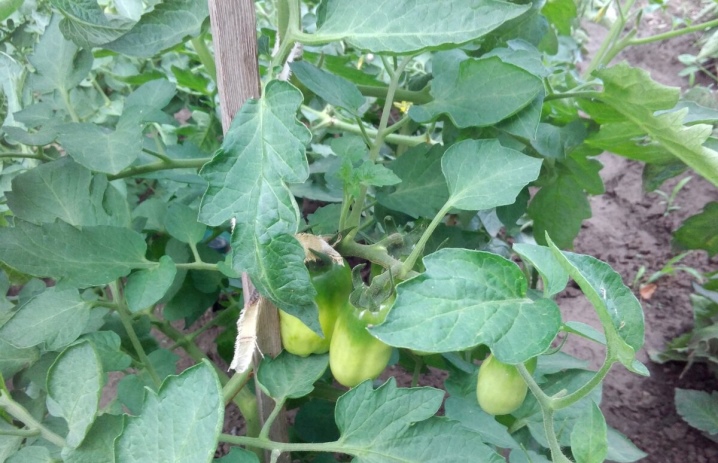
Nuances of site preparation
The liberated territory, before it is necessary to sow something on it, must be qualitatively prepared for this. The dug out strawberry bushes are either transplanted to another place, or thrown away as outdated. If the strawberries have been affected by pests (and seriously), it is better to discard the bushes immediately after digging. Weeds should be removed from the ground completely (this is important). The bed must be well dug up, hoping that it will have to go deeper by 2 bayonets. Then, either humus or a similar organic matter is introduced into the dug earth.
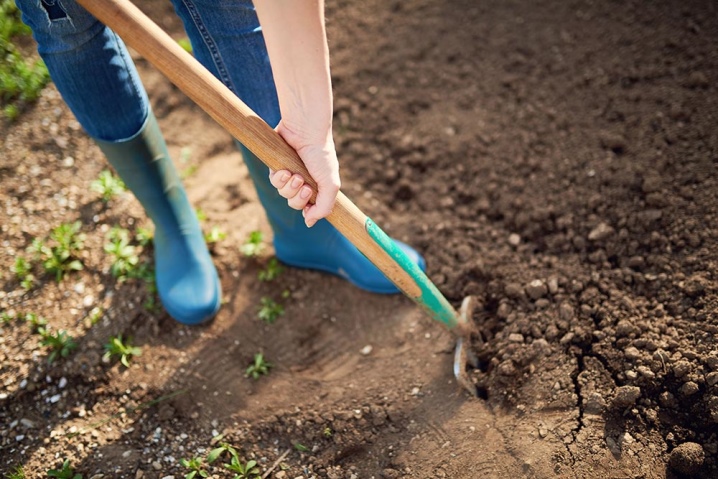
We will study the features of the preparation of the site after strawberries.
- Surface composting. An excellent effective measure that definitely improves soil fertility. As soon as the last fruits are removed, the strawberry bushes are simply pressed against the soil surface - they do not pull out anything, they just press down. Mowed grass is scattered on the bed in an even layer, and then the already rotted compost.You can add the preparation "Baikal - M1", and then cover everything with a black polyethylene cut.
- Organization of a couple. You can not plan any change of cultures, but let the land be saturated with nitrogen in a soft mode, rest. Steam is a field that is free of cultures. After all the weeds have been removed from the soil, they dig it up well, fertilize it. Already in the spring, grain crops can be planted in this place in order to improve the soil. In the middle of summer, this area is dug up - along with the grown grain and grass. The soil will become richer in nitrogen, useful humus will form in it.
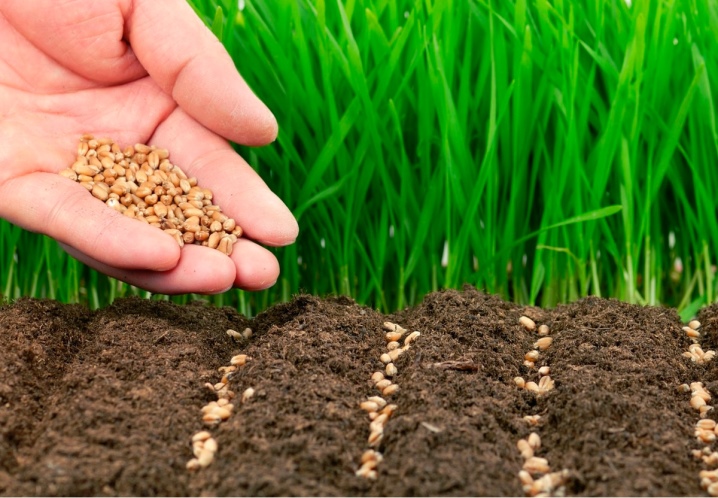
There are a few more tips that affect the yield of the site after the crop rotation.
Even if the owners managed to properly cultivate the soil, disinfect it, etc., this will not protect against some mistakes. For example, you should not plant nearby crops that are too sensitive to watering. Strawberries do not tolerate drought, but they are also sensitive to the abundance of water.
And here's another tip, more precisely, a popular scheme for planting plants by year.
- First year. Vegetables are planted: radish or radish, early cauliflower is also possible. But in this case, young strawberries are planted in their place.
- Second year. Strawberries grow in the first year.
- Third year. Strawberry growing in the second year.
- Fourth year. It's time to change the culture and plant cauliflower and cucumbers in this place.
- Fifth year. Radishes, radishes and carrots can replace their predecessors.
- Sixth year. Beets, parsley and other greens will perfectly fit in this place after its proper processing in the fall, protection for the winter.
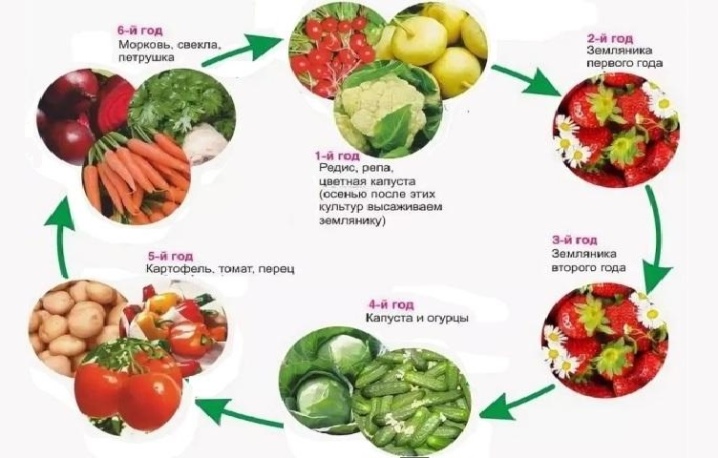













The comment was sent successfully.